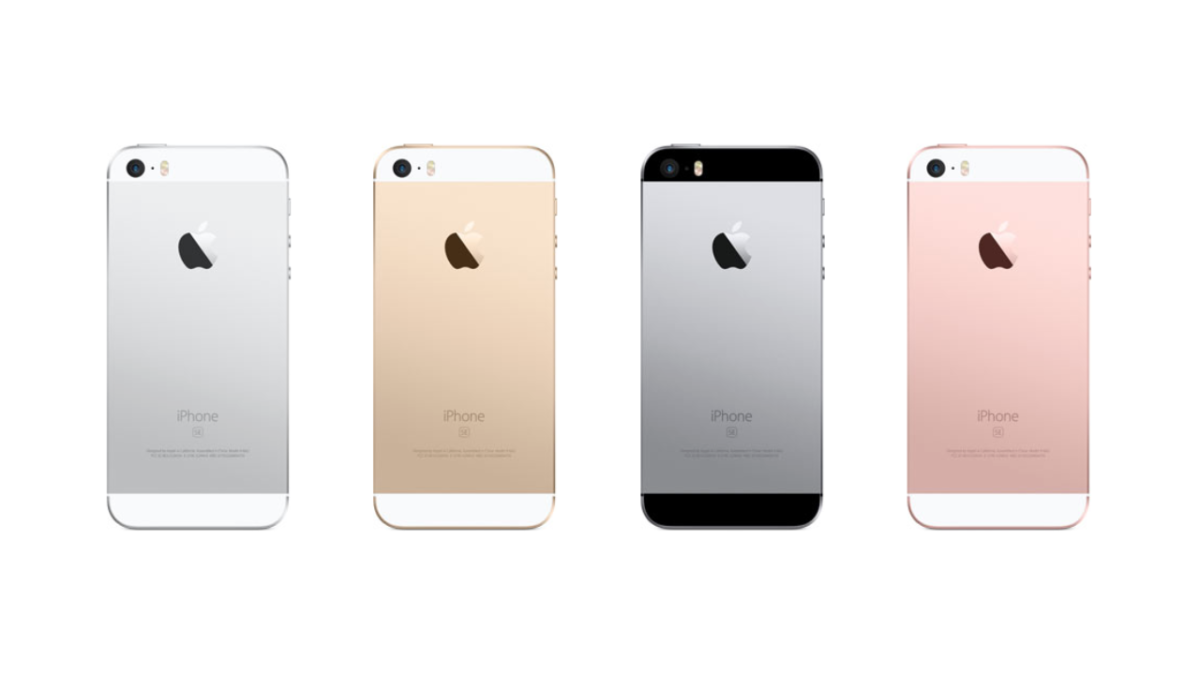Table of Contents
Introduction
The iPhone SE, originally launched by Apple in March 2016, is a remarkable blend of classic design and modern hardware. With the body of the iPhone 5s and the performance power of the iPhone 6s, the SE was Apple’s answer to those who wanted a smaller, affordable phone without compromising on performance.
Design & Build: Classic Yet Sturdy
The iPhone SE was available in four premium finishes: Silver, Gold, Space Gray, and Rose Gold. Measuring just 4.87 inches in height and weighing only 113 grams, the SE was incredibly portable and easy to operate with one hand—a rarity in today’s era of oversized smartphones.
It featured a 4-inch Retina display with 1136×640-pixel resolution, offering vivid colors and sharp text at 326 ppi. The inclusion of fingerprint-resistant oleophobic coating and full sRGB color support made it a solid display for the time.
Performance: Powered by the A9 Chip
Don’t let the small size fool you. The SE came packed with the same 64-bit A9 chip used in the iPhone 6s. This provided a significant boost in speed and graphical performance compared to its predecessors. The embedded M9 motion coprocessor enabled fitness tracking and Siri activation without draining the battery.
Camera: Small Phone, Big Capabilities
The 12MP rear camera offered robust photography features, including Live Photos, 4K video recording, and slo-mo video at 240 fps. It also supported:
- True Tone flash
- Panorama up to 63MP
- Auto HDR
- Burst and timer modes
- 5x digital zoom
On the front, a 1.2MP FaceTime HD camera with Retina Flash allowed for decent selfies and video calls.
Touch ID & Apple Pay
Equipped with a Touch ID fingerprint sensor, the SE enabled secure authentication and seamless Apple Pay transactions both in-store and online. This made it one of the most compact yet secure phones in Apple’s ecosystem.
Battery Life That Lasted All Day
Despite its size, the iPhone SE delivered solid battery performance:
- Up to 14 hours talk time on 3G
- 13 hours of internet use on Wi-Fi
- 13 hours video playback
- 50 hours audio playback
Its lithium-ion battery could be recharged via USB or a wall adapter, and it supported standby time of up to 10 days.
Software Experience
Originally shipped with iOS 9.3, the iPhone SE supported up to iOS 15, allowing it to benefit from several years of updates and features. Accessibility tools like VoiceOver, Zoom, and AssistiveTouch made it user-friendly for a wide audience.
Audio & Connectivity
The SE supported a wide range of audio and video formats, and it retained the beloved 3.5 mm headphone jack. It included Bluetooth 4.2, Wi-Fi, LTE, and NFC capabilities for Apple Pay.
Location services were powered by GPS, GLONASS, Wi-Fi, and cellular triangulation. It even supported iBeacon microlocation, making it relevant for retail and proximity-based apps.
Why iPhone SE Still Matters
While newer SE models have been released since, the original SE remains iconic. It carved a niche for users wanting a small, powerful, and affordable iPhone. With its metal build, long software support, and high performance, it was ideal for:
- First-time iPhone users
- Budget-conscious buyers
- Fans of smaller screens
- Businesses issuing corporate devices
Final Thoughts
TheiPhone SE is a testament to Apple’s ability to blend classic design with forward-thinking technology. In a world where smartphones are getting larger and more expensive, the SE reminded users that small can still be mighty.
If you’re looking at the evolution of iPhones or are simply curious about timeless models that influenced the market, the iPhone SE deserves a revisit. It’s not just a device—it’s a milestone in mobile history.
You May Also Like: 5 Reasons to Buy iPhone 16 in 2025: Apple’s Best Yet?





